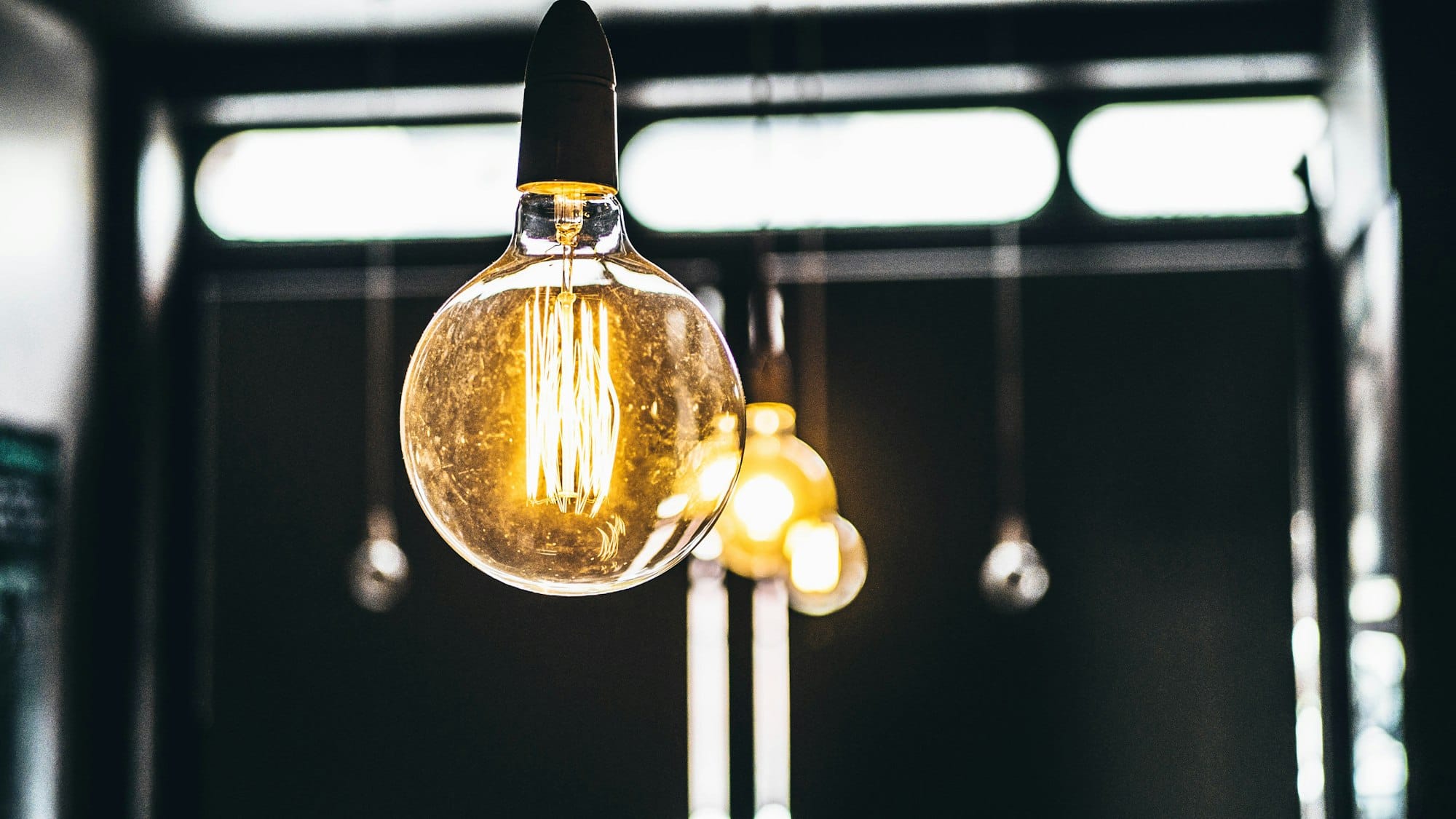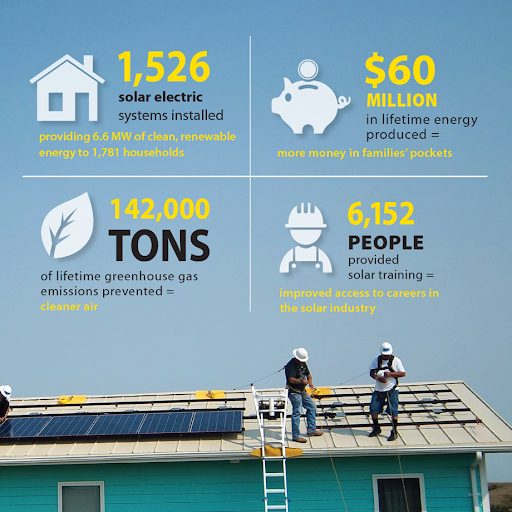🌱🐰💰 Combating Energy Poverty & Injustice
The Good looks at nonprofits leading the way in impactful change. The Money takes a dive into the private-sector champions driving financial inclusion & economic development; The Bunny showcases nonprofits and businesses working hand in hand for the People and the Planet.

The Good, the Bunny and the Money is our monthly take on the latest impactful success stories from across the U.S. and around the World.
'🌱 The Good' looks at nonprofits leading the way in impactful change;
'💰 The Money' takes a dive into the private-sector champions driving financial inclusion & economic development; and
'🐰 The Bunny' showcases the most promising collaborations between nonprofits and businesses working hand in hand for the People and the Planet.
As the cost of living continues to rise, more and more American households face energy poverty. A recent study shows that a third of American families find it difficult to afford the energy they need to heat or cool their homes. To add to this, underserved communities also suffer from more regular power shutoffs and service breakdowns. These communities face the worst impacts of extreme weather events due to insufficient access to adaptive or mitigating energy resources. So, this week, our focus is on the organisations combating energy poverty and the ongoing initiatives that are striving to create an equitable energy supply.
🌱 The Good: GRID Alternatives - delivering renewable energy (and more) to communities in need
The problem: Low-income households spend a more significant portion of their income on energy - a measure that’s often referred to as “energy burden”, which can threaten a household’s ability to pay for energy or force tough decisions between paying for energy, buying food or other essentials.
Enter GRID Alternatives: The US’s largest non-profit installer of clean energy technologies. The organisation bring together volunteers, households and job trainees to implement solar projects that serve low-income households and communities, which puts money back into families’ pockets by reducing the household energy burden.
Jumpstarting careers: GRID Alternatives also offers hands-on solar training to help connect underserved communities with clean energy jobs. The Women in Solar Programme is awe-inspiring, as it aims to build a diverse, equitable and inclusive solar industry by providing pathways to technical careers for women.

🐰 The Bunny: Data for equity in clean energy planning through collaboration
A just, clean energy transition plays a fundamental role in making frontline communities resilient to the unavoidable effects of climate change. However, Black and Hispanic communities still have 61% less access to clean energy and are inadequately represented in the decision-making process (less than 10% of senior solar executives).
Opportunity: Better access to data and tech can help mitigate energy injustice by identifying communities in need, showing who is sharing the benefits and burdens of clean energy investment, and informing local decision-making. The key to accessing and utilising this data = cross-sector collaboration.
Examples: Ongoing initiatives are already making a difference. Official entities and NGOs are developing detailed ‘online energy equity’ databases. For example, Greenlink Equity maps in Ohio, who overlay racial composition with energy burden. The city then used these insights to target vulnerable communities inform future policy decisions.

💰 The Money: Fostering grassroots conversations around energy
The situ: Transitioning towards a sustainable economy is needed to achieve equity and opportunity for all. The use of energy in our lives is a critical part of this transition, but understanding its role within the transition is difficult to comprehend, as energy is a complex, emotive topic.
Funding better conversations… through the “Energy of One, Power of Many” grant program, which seeks to fundamentally change the public conversation on energy in communities across Maryland, Pennsylvania and Arizona.
How? The grant programme will provide $5,000-$50,000 in funding to initiatives and non-profits that deliver novel approaches when engaging communities on energy's pervasive daily impact.
The desired outcome: The complex topic of energy can become accessible for everyone by making broad topics (such as energy policies, sources, impact and options) that tend to confuse the public easily understandable. Ultimately, it is hoped this can drive widespread support for a clean, equitable energy future.

🥕 What else we’re munching:
- The Empowerment Grant Program, powered by the Energy Equity Fund, supports new approaches to bringing clean, cost-saving energy to low- and moderate-income families.
- According to new research, low-income households from rural communities in the US face an even higher energy burden compared to their urban counterparts.
- The Alliance to Save Energy is a bipartisan, nonprofit coalition of business, government, environmental and consumer leaders advancing federal energy efficiency policies.
- The Oak Ridge National Laboratory is the largest US Department of Energy science and energy lab. It conducts research to deliver transformative solutions to energy and security problems.
Image Credits: Cover Photo by Anthony Indraus via Unsplash; GRID Alternatives; The Economist; Institute for Policy Studies

